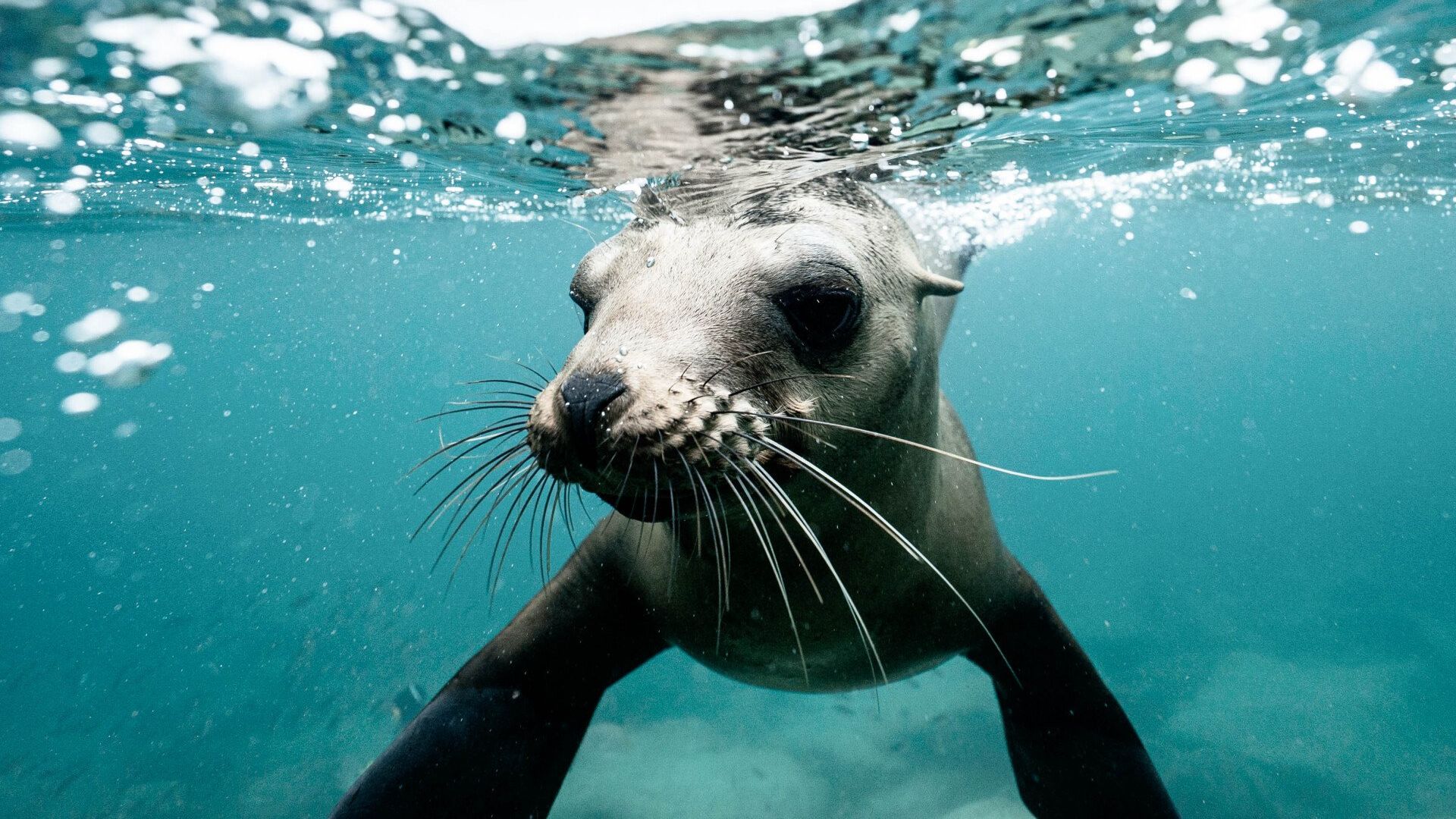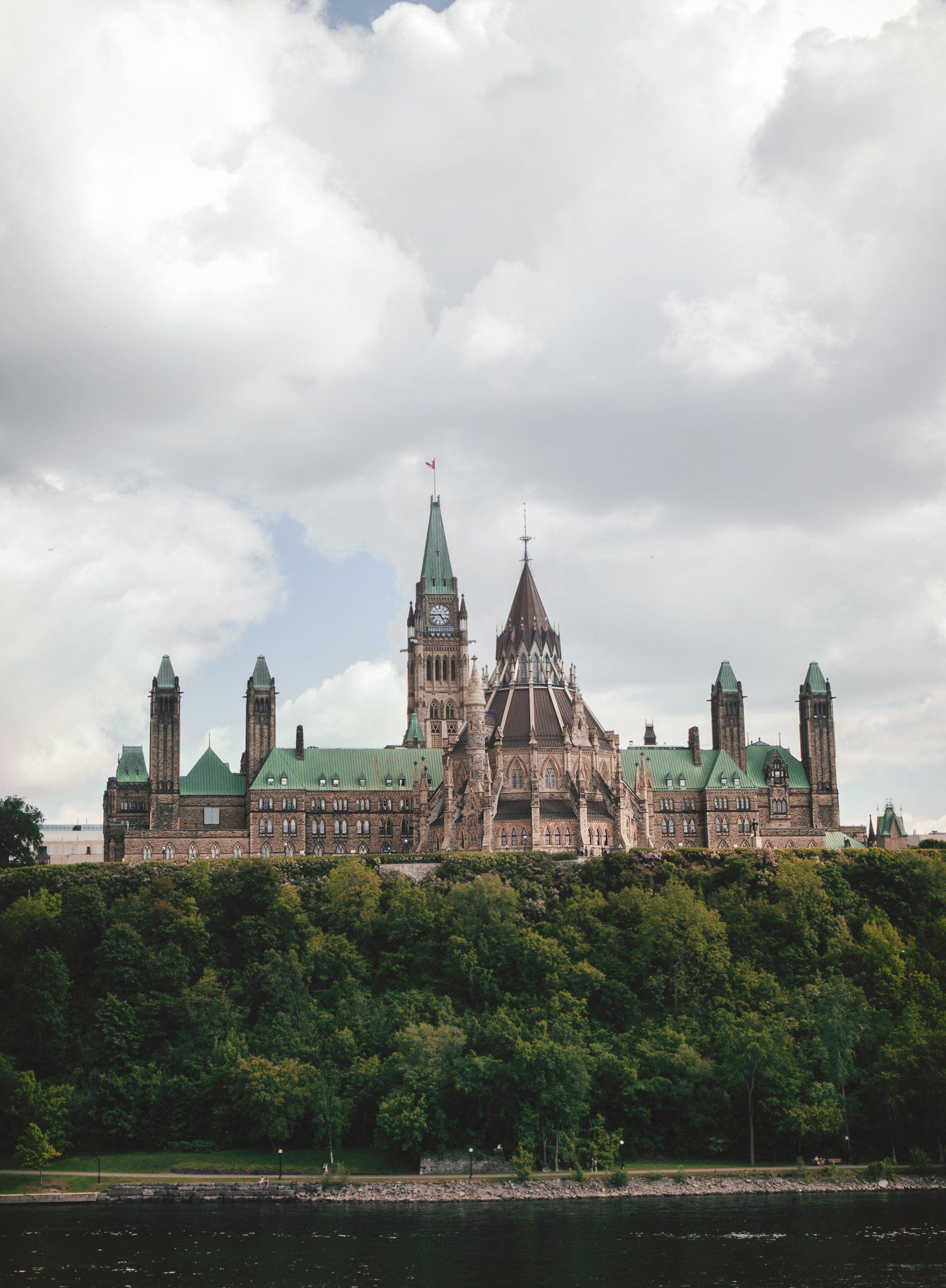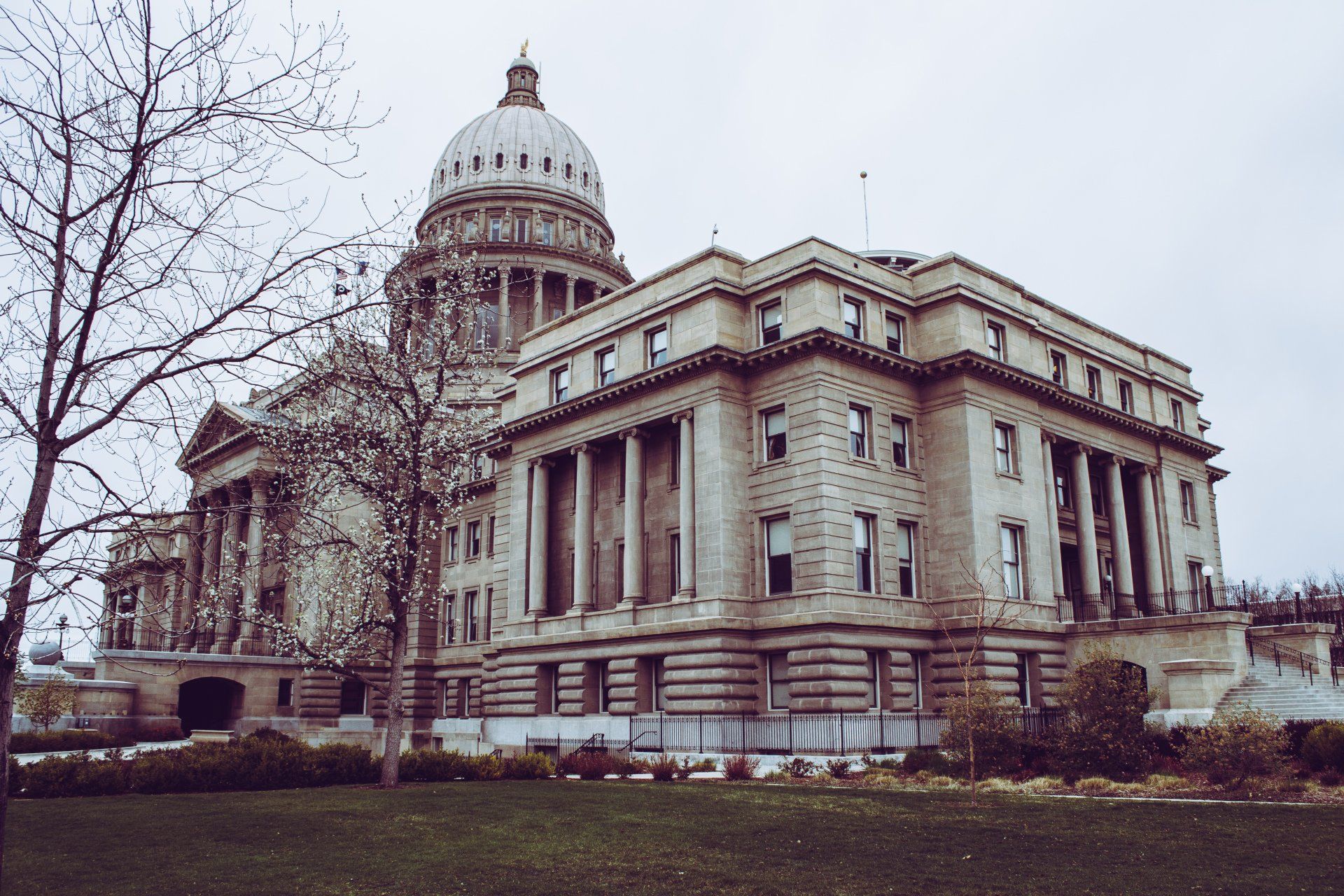Arctic Warming
How a Changing Arctic Environment Impacts the Rest of the World.

The Arctic is one of the world’s most important regions – yet it only encompasses 17 percent of the globe. It spans northern parts of Scandinavia, Canada, Greenland, Russia, and the state of Alaska. Typically, most of the Arctic stays frozen all year round and plays a vital role in influencing weather and climate around the world. However, as the Earth’s climate changes, the Arctic is changing more rapidly than the rest of the planet. This article will explore some of the trends being felt in the Arctic region, as well as the environmental, social, political, and economic impact of these trends.
Overview of Trends
Since the 1990s, Arctic amplification has meant that the temperature in the Arctic has increased three times the global average. The surface temperature in 2020 within the whole Arctic region was 2.2 degrees Celsius higher than the average from 1981-2010. In 1980, the annual mean surface temperature was around -1.15 degrees Celsius, whereas in 2020, it was around 2.2 degrees Celsius. The temperature is only expected to continue to rise, anywhere from 3 to 7 degrees Celsius within this century. The increased temperature that has occurred in the past 50 years has been attributed to human activity, primarily the burning of fossil fuels.
Environmental Impact
One of the greatest impacts of the changes occurring in the Arctic is the melting of sea ice. Sea ice is critical in maintaining Earth’s energy balance and keeps polar regions cool because it reflects more sunlight back into space. The air is also kept cool by providing an insulating barrier between the cool air and warm water. Unfortunately, the melt season is becoming longer, which means that ice is melting earlier and is freezing later than it used to. The thinning of the Arctic ice layer has begun to accelerate ocean warming and shoreline erosion in Arctic communities and has contributed to strong winds and currents.
The loss of permafrost is also a growing concern due to Arctic changes. Permafrost is soil that is perennially frozen and covers 25 percent of the land in the Northern Hemisphere. It provides much of the structural integrity in northern landscapes. As the soil warms, primarily from increased wildfires, the intricately woven materials begin to destabilize after being stable for millennia. In addition, when the ground thaws, microbes begin eating organic matter, which releases carbon dioxide and methane – two very potent greenhouse gases. This cycle is endlessly repeated as more ground thaws, and the system starts to collapse.
Species Impact
Arctic species are being put at increased risk of habitat loss, death, and even extinction. Due to the decrease in sea ice thickness and overall loss of ice, ice-dependent animals are at risk. Polar bears may be at the most risk when it comes to sea ice melting. They use the ice for a variety of reasons, including hunting and breeding. In Northern Canada, polar bears could face starvation and reproductive failure.
When ice melts during the summer, the bears must move inland and only survive on their energy reserves. When the ice forms too late or too thin, they’re unable to make dens and food becomes scarcer. Seals, which are polar bears’ main prey, need ice to raise their young and are unable to do so when the ice is disappearing. The lack of food has big effects on reproduction as females are giving birth at a lower rate and cubs are surviving to adulthood less frequently.
Many other Arctic species are facing threats, including seals, walruses, and seabirds. Seals are facing the same reproductive problems as polar bears, as are seabirds and walruses due to the lack of sea ice which they depend on to hunt. In addition, herbivores such as reindeer aren’t able to reach their food in the winter as snow is being replaced with hard ice layers caused by increased rain as opposed to snow.
Economic Impact
The melting sea ice and longer melt season have brought opportunities for shipping, mining, fishing, and tourism. The Northwest Passage and Northern Sea Route could improve the connections between the Atlantic and Pacific Oceans, reducing overall travel time when compared to the Panama Canal and decreasing the cost of shipping.
The harbours are also extremely rich in minerals such as copper, diamonds, and lead. The thawing permafrost and erosion give access to these minerals; however, challenges still exist. In addition, the fish stock could increase as warmer waters are more attractive for some species.
Overall, tourism will potentially benefit due to access to ports and longer seasons. That said, many of the main Arctic attractions, such as glaciers and polar bears, are facing disruption which could have a negative impact.
Despite these potential opportunities, Arctic warming, as a whole, is projected to have severe economic consequences. Lancaster University found that the Arctic warming, specifically the permafrost melting, could cost $70 trillion in long-term costs. This only represents 4 percent to 6 percent of the total economic costs of climate change. The total cost could amount to $600 trillion if warming is kept to only 1.5-2.0 degrees Celsius. If temperature goals aren’t met, the total cost could surpass $2,000 trillion.
Social Impact
Indigenous communities are facing the greatest social impact of the Arctic changes. Historically, these populations have been able to adapt to environmental change. However, the accelerating climate crisis poses new risks. Seasonal weather patterns are changing rapidly and becoming more unpredictable, including more rain and extreme heat.
This can make it very difficult to predict the weather for hunting and travel. The melting sea ice has also contributed to increased difficulty for the people who live there. It has become too thin for safe human travel, removing an essential route for marine hunters. In addition, food has become scarcer as their populations are at risk. For example, ringed seals are the most important food source for the Inuit people of Nunavut. Their population has decreased due to the melting ice, which has also reduced the polar bear population. Both these mammals are essential for survival in this Arctic community.
In addition, indirect health effects are being felt by these populations. On top of food and water security, changes in patterns of infectious diseases and increased exposure to organic pollution and heavy metals are being noted. This can affect human health and requires increased health monitoring and healthcare infrastructure. Unsafe infrastructure is also a cause for concern because homes and critical buildings are becoming dangerous due to the melting permafrost. Not only are people at risk of losing their homes, but the damage places a high financial burden on populations as they are required to repair or relocate.
Political Impact
The Arctic is home to many different countries, which have competing agendas and activities. Since 13 percent of the world’s oil and 30 percent of natural gas reserves are located in the Arctic, this creates a huge opportunity that was previously hidden beneath the ice and ground. These natural resources are the main source of political conflict when it comes to claims to Arctic land.
However, the United Nations Convention on the Law of the Sea (UNCLOS) dictates that countries can only exploit seabed resources within 370 km of their shorelines. This gives each Arctic coastal country its own “claim” to Arctic land, without encroaching on other countries’ rights. However, large parts of the Arctic Ocean remain up for grabs, with Russia and Canada both trying to take the biggest claims.
Russia, which makes up 53 percent of the Arctic coastline, has previously claimed that they “control the Arctic”. Russia is currently increasing its offshore drilling and exploration, which is being aided by Chinese investments. Canada, which is also a major player in Arctic land claims, has banned offshore drilling in the Arctic in collaboration with the US to focus investments in more sustainable sectors.
Overall, due to these geopolitical and economic interests, nations are increasing their military presence in their Arctic regions. Russia has been militarizing its region of the Arctic since 2007 by converting cold-war military bases and modernizing nuclear submarines, while the US has invested $40 million into their Thule Air Base located in northern Greenland due to Russia’s escalated presence. The lack of international legal protections in the Arctic creates the need for international cooperation that would prevent increasing tensions. This is essential for mitigating the risk of conflict that could result in multiregional wars.
What Does This All Mean?
The Arctic is warming due to human-based activities which have accelerated climate change. Species, communities, and the local and global environment will all suffer due to this intense and ongoing change in temperatures. Though it uncovers some hidden opportunities which could drive economic growth in countries that stake their claim, the global monetary and societal costs are significantly greater, demonstrating the importance of hitting climate change targets and reducing the impact to these incredible environments.


